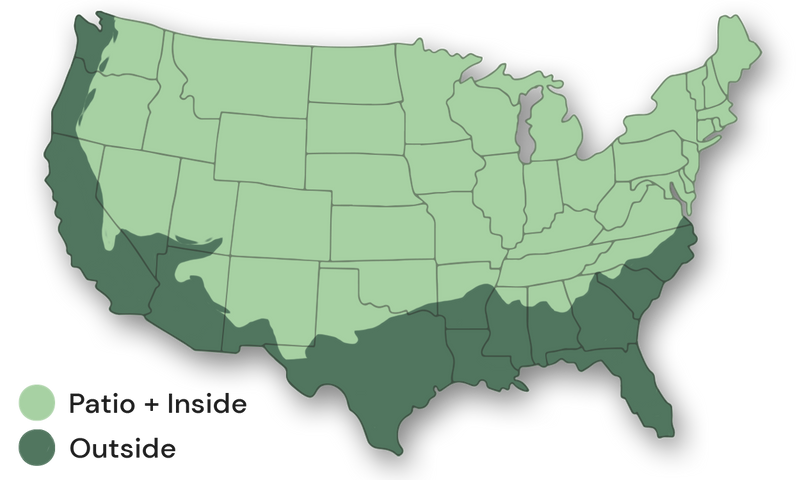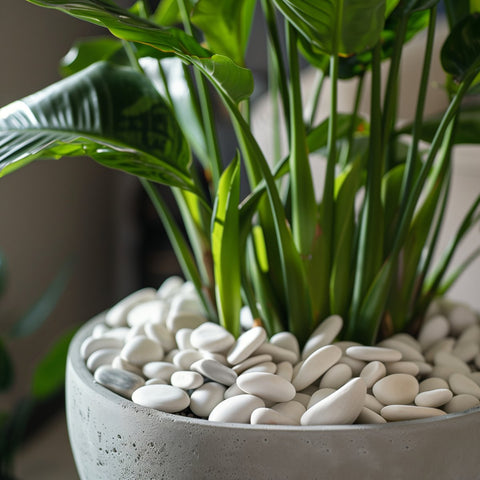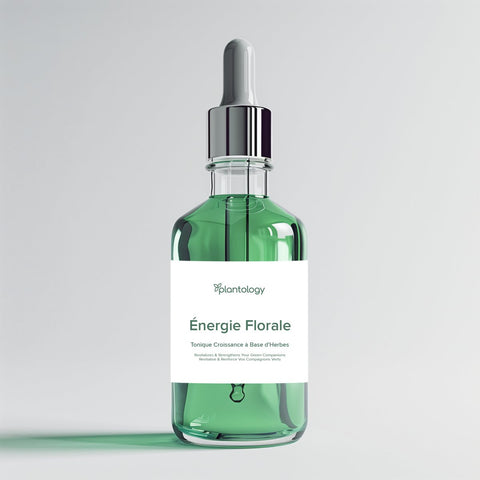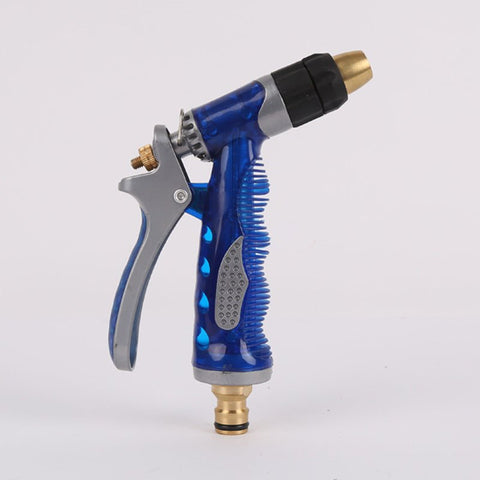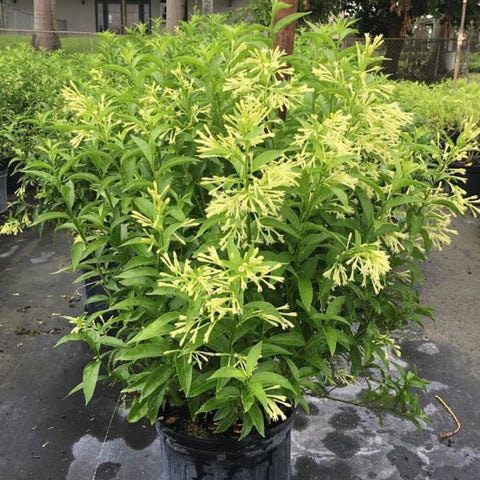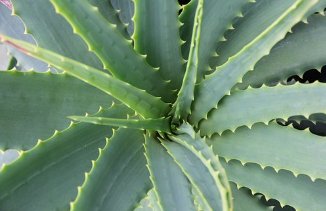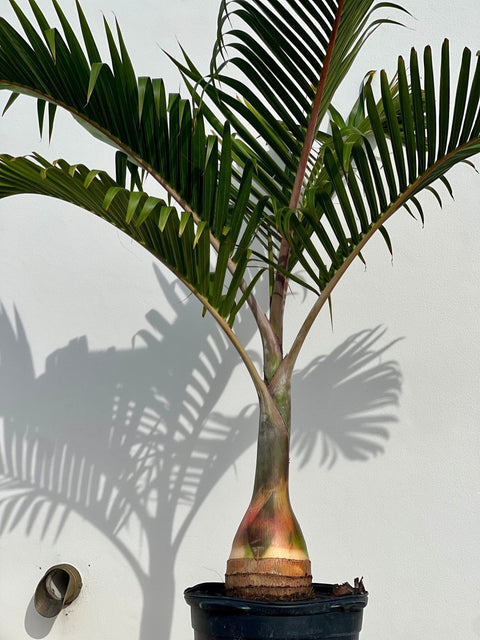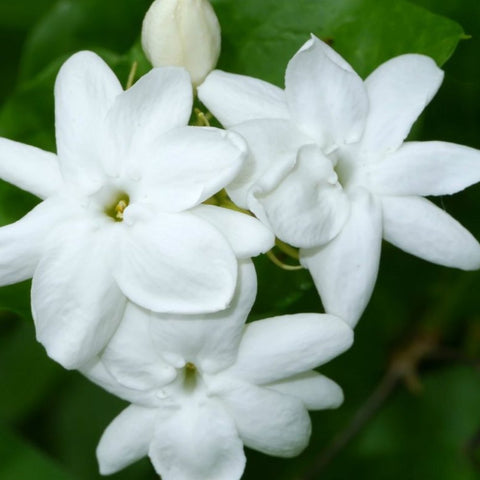How to Grow
Xanthosoma 1PPP (Xanthosoma lindenii) thrives indoors. Preferring moderate to bright, indirect sunlight, it adapts to lower light levels. Plant in well-draining potting mix with drainage holes to prevent waterlogged roots.
Care Tips
Xanthosoma 1PPP is low-maintenance. Keep soil consistently moist, avoiding overwatering. Fertilize with a balanced liquid fertilizer every 4-6 weeks during the growing season. Pruning is typically unnecessary, but remove yellow or damaged leaves for aesthetics.
Uses
Xanthosoma 1PPP, also known as Xanthosoma lindenii, adds elegance to indoor spaces. Popular in homes and offices, it brings colorful foliage for both novice and experienced plant enthusiasts.
Planting Tips
Plant Xanthosoma 1PPP in a pot with drainage holes, using well-draining potting mix. Bright, indirect light is ideal. Water thoroughly when the top inch of soil is dry, allowing excess water to drain. Protect from drafts and cold, providing warmth and humidity.
Maintenance
Regular maintenance includes watering as needed and feeding during the growing season. Watch for yellowing leaves, a sign of potential overwatering. Protect from drafts and cold temperatures, maintaining a warm and humid environment.
Pests and Diseases
Xanthosoma 1PPP is relatively resistant to pests, occasionally attracting mealybugs or spider mites. Inspect regularly; treat pests with neem oil or insecticidal soap. Ensure good airflow to prevent fungal diseases and avoid overwatering to prevent root rot.
Frequently asked questions
Propagating Elephant Ear plants, specifically Xanthosoma 1PPP or Xanthosoma lindenii, can be a cost-effective way to expand your plant collection. One of the easiest methods is through division. When the plant has outgrown its pot, carefully remove it and separate the rhizomes into smaller sections, making sure each division has roots attached. Plant these divisions in separate pots with well-draining soil and keep them consistently moist to encourage new growth. Another budget-friendly way to propagate Elephant Ear plants is through stem cuttings. Select a healthy stem with at least one node, cut it at a 45-degree angle, and place it in a glass of water. Change the water every few days and once roots start to form, transplant the cutting into a pot with soil. Keep the soil consistently moist and provide indirect sunlight to help the cutting establish itself. In conclusion, propagating Elephant Ear plants like Xanthosoma 1PPP or Xanthosoma lindenii can be done cost-effectively through division or stem cuttings. By following these simple steps and providing the right conditions, you can easily expand your plant collection without breaking the bank. Remember to be patient and attentive to the needs of the new plants to ensure successful propagation.
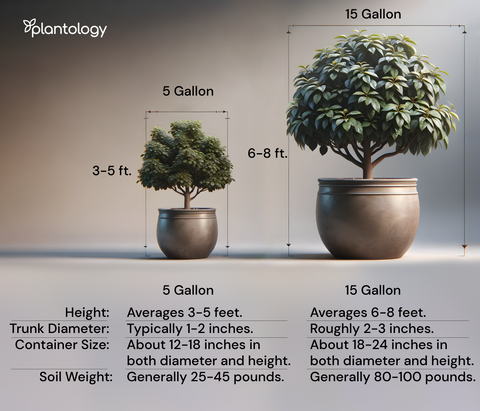
Free Shipping Over $150
Only $12 flat rate on orders under $150
Healthy Arrival Guarantee
Plants arrive healthy or we replace them free





